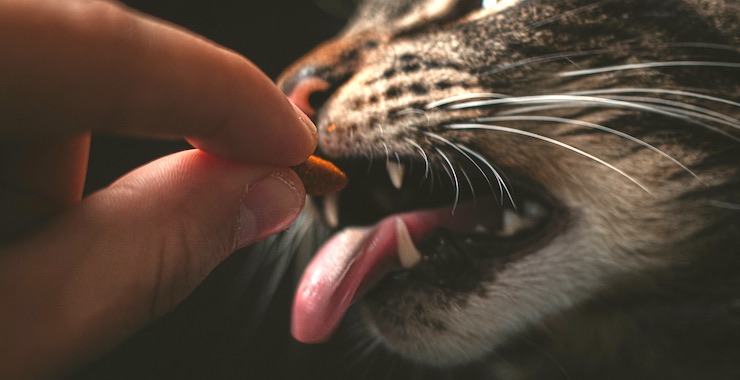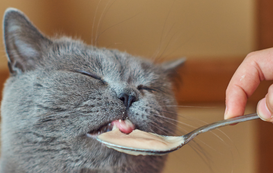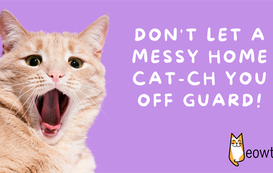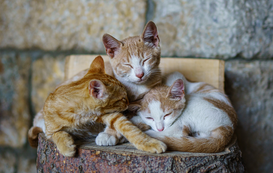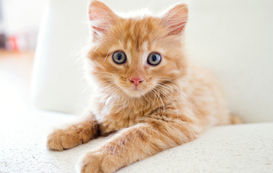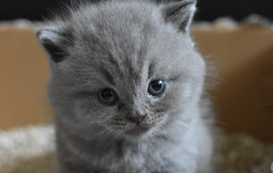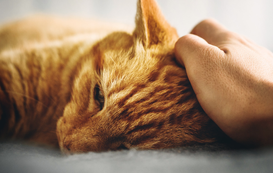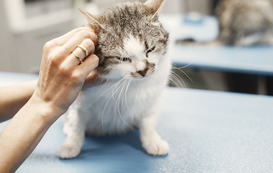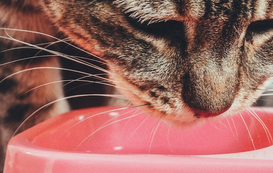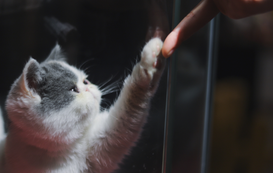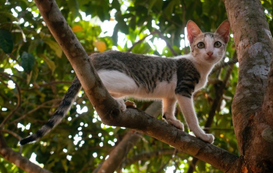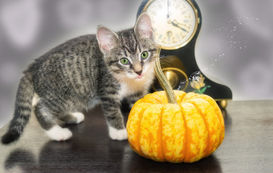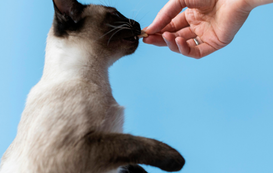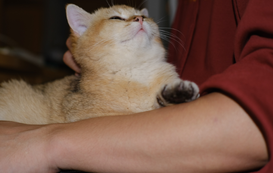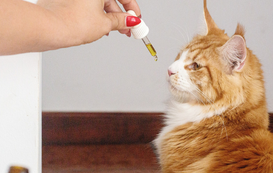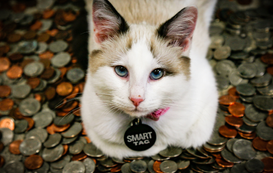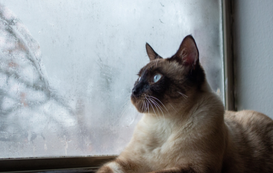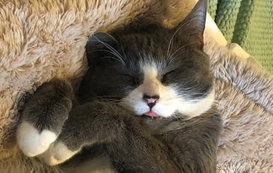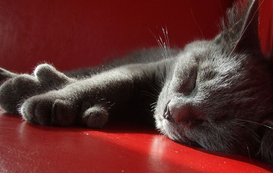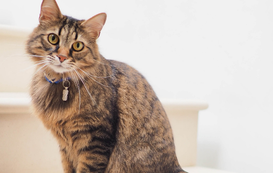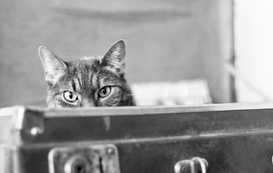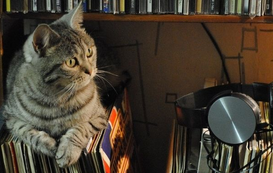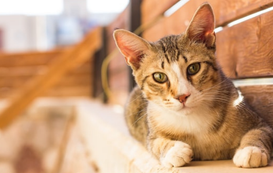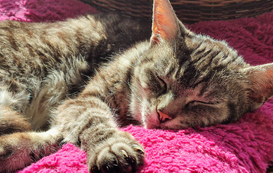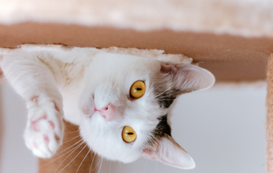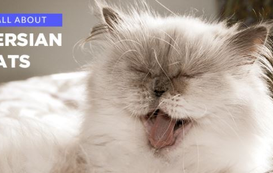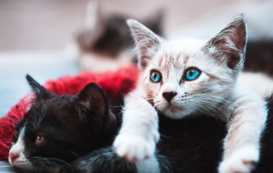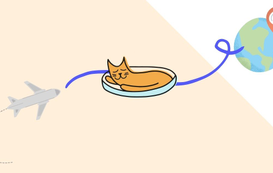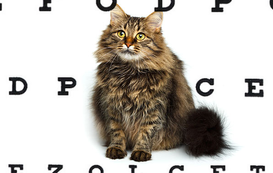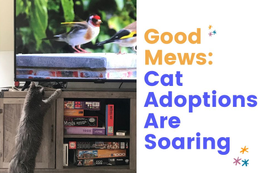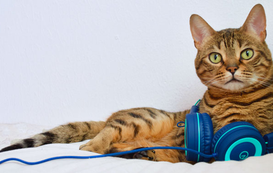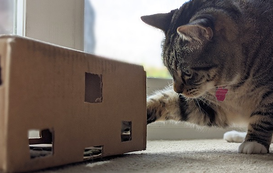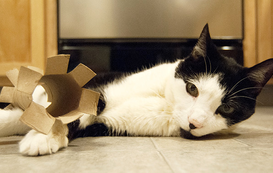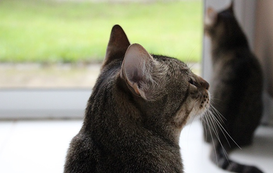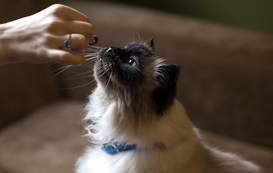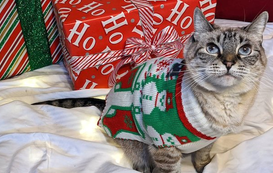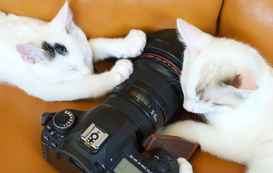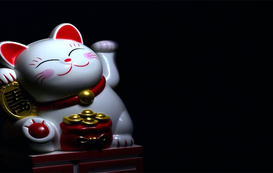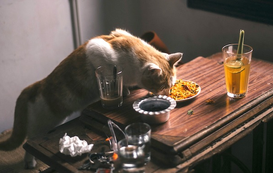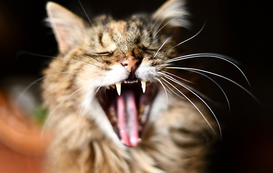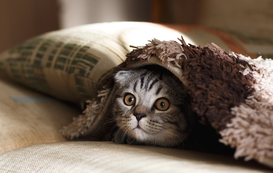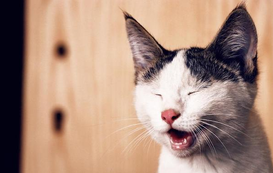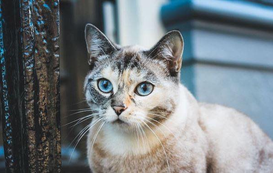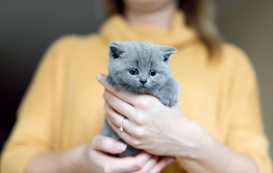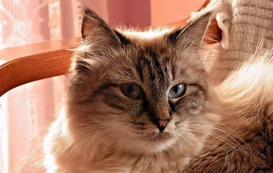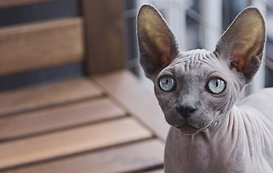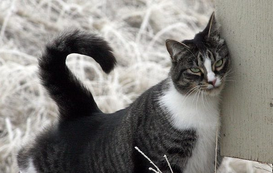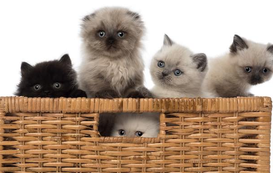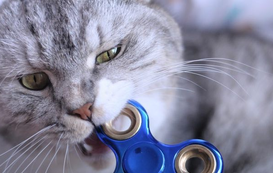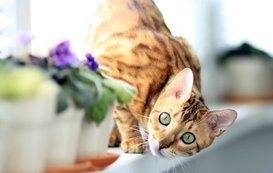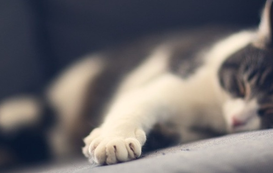Cat Food – What to Look For and Ingredients to Avoid
This post contains affiliate links and Meowtel will be compensated if you make a purchase after clicking on the links.
Finding the right cat food for Fluffy or Peanut can be tough. It’s not uncommon to gravitate toward well-known commercial brands we grew up with; however, many of those brands contain potentially unhealthy and harmful ingredients. I know I have been guilty of buying for convenience rather than nutrition. When I first adopted my cat Max, I bought a popular, commercial brand kibble that advertised the word “natural”. I thought I was doing the right thing by grabbing this bag because clearly that’s all the effort I needed to put in. Right? Wrong. In fact, when I began writing this article, I looked at the ingredients in this brand, and I’m actually appalled with myself for thinking it was the right choice. But you know what? You can’t do better until you know better, and I’m here to help you know better.
Why was the initial brand of commercial cat food so bad?
Well, there are 8 ingredients before getting to a singular, specific meat: Chicken By-Product Meal, Corn Gluten Meal, Soy Flour, Ground Whole Wheat, Brewers Rice, Animal Fat Preserved with Mixed-Tocopherols, Corn Meal, and Natural Flavor. The ninth ingredient is chicken. Yay, we finally have a singular, specific meat, folks! What’s so wrong with this? The first ingredient of any pet food should always be a single protein (meat or fish). Like human foods, pet foods list ingredients in order from most to least used. Cats are obligate carnivores and need protein. While they can digest veggies and carbs, the amount of carbs cats can digest compared to other animals is much lower. Carbs and grains are not nutritionally beneficial to a cat’s diet.
Ingredients to Avoid When Buying Your Cat’s Food:
- Byproducts – As defined by the Association of American Feed Control Officials (AAFCO), meat byproducts are “the non-rendered, clean parts, other than meat, derived from slaughtered mammals. It includes, but is not limited to lungs, spleen, kidneys, brain, livers, blood, bone, partially defatted low temperature fatty tissue, & stomachs & intestines freed of their contents.” 1 While there are articles that mention that byproducts could include hair, horns, teeth, and hooves, legally they are not allowed to be included. However, byproducts could include parts of animals such as udders and lungs. 2 While the idea of using body parts such as spleens and brains is unappetizing for me, a human vegetarian, I understand and respect the full usage of the animal. While byproducts as a whole may not be bad, it’s the source and grade of the byproducts that cause the most concern.
- Byproduct meals/meat meals/meals – Meals are the remaining dried protein solids after the rendering process.
- Rendering – Rendering is when the byproduct parts are cooked at a high rate of temperature which “separates fat, removes water, and kills bacteria, viruses, parasites and other infectious organisms.” 3 Rendered fat is often referred to as lard or tallow. The fat that is separated becomes "animal fat" which goes into pet food (for example, chicken fat, beef fat, etc). The remaining dried protein solids become "meal" or meat "by-product meal" for addition to pet food.
- Generic use of “meat” and “protein”– Avoid generic terms of “meat” and “protein” as that can encompass all meats rather than a singular, identifiable meat.
Fats: Be Sure They’re Identifiable
Look for specific fats, such as chicken fat or sunflower oil, so you know where the fat is coming from. Broad terms like “animal fat” or “tallow” allows for wiggle room in what is being added.
The 4D’s and Pentobarbital
Many commercial brand pet foods are made from “feed grade” ingredients rather than human grade. That means the overall quality of the food is much lower. 3 Additionally, prior to May 1, 2019, the FDA allowed the use of 4D animal tissue. Haven’t heard of 4D? That’s not surprising. 4D is dead, dying, deceased, and disabled, and it was part of most manufactured pet food. Luckily, they have since “pulled the plug on the three policies which allowed for 4D (dead, dying, diseased and disabled) animal tissue in pet food and animal feed...” 4.
But don’t rejoice just yet. Here's some more scary news! There have been recalls on some pet foods that contain pentobarbital. Pentobarbital is the euthanasia drug. You might be asking how did it get there? It is believed that the pentobarbital made its way into the food by way of rendered remains of cows and horses. Rendered beef or mutton fat can also be listed as tallow.
Do your Homework: Safety Recalls and Brand Origins
Different countries have different safety precautions when it comes to creating and distributing pet food. Knowing and understanding the laws around pet food origins can be very helpful in keeping your cat’s diet healthy. Yes, humans make mistakes but mistakes that concern your pet’s health could lead to alarming outcomes.
Bye-bye Enzymes
While this may not be an issue for a younger cat, it could be the cause of your older cat’s gas. According to Howlistic.com, a San Diego-based holistic food and general wellness pet store, “although there are some specific medical conditions that require enzyme supplementation, dogs and cats who are fed a traditional cooked diet, who are older, or suffer from chronic illness, tend to have insufficient natural enzyme production to properly digest their food.” If your cat is having GI issues, speak with your vet about changing your cat’s diet (possibly to a different brand, protein, or type – maybe even raw) and maybe adding digestive enzymes.
Artificial Ingredients to Avoid: Dyes and Preservatives
- Butylated Hydroxyanisole (BHA)– a chemical added to oils/fats in pet food which is a known carcinogen}.
- Butylated Hydroxytoluene (BHT)– an antioxidant found in rubber, plastic, petroleum, which has been used in edible fats, oils, and cosmetics. The National Toxicology Program (NTP), which is part of the U.S. Department of Health and Human Services, published that BHT is “reasonably anticipated to be a human carcinogen”.6
- Ethoxyquin – a chemical preservative which is banned for human consumption but is legally allowed in pet foods. Multiple researchers and scientists on Sciencedirect.com say that “...ethoxyquin was believed to be responsible for reproductive problems, autoimmune disorders, behavior problems, and various types of cancers in dogs and cats.”7
- Caramel coloring – this is used to dye foods but guess what? Cats don’t care what color their food is. Plus, as Dr. Patrick Mahaney states, caramel coloring “contains 4-methylimidazole (4-MIE), a known animal carcinogen.”8
- Carrageenan and Carrageenan Gum – a red seaweed which is used as a thickening agent. Emily Parker, a content manager at Catological.com states:
- …[Red seaweed is a] controversial ingredient because one of its forms is a potential carcinogen, called degraded carrageenan. While the degraded form is not used in food applications, some have concerns that it could become degraded once ingested by cats due to their stomach acid; thus, potentially increasing cats’ cancer risk.
- Glucose and Dextrose – Glucose is sugar and dextrose is a crystalized form of glucose. Cats do not need sugar in their diet. As we know, increased sugar intake can lead to health issues such as obesity and diabetes.
- Glyceryl Monostearate – a chemical additive used as an emulsifier in cheaper foods. It has been known to cause toxicity in certain organs.
- Phosphoric Acid – while itself isn’t necessarily bad, it is usually an indicator that the animal fat being used is low quality. Phosphoric acid is used in fertilizers and detergents and creates a sour taste.10
- Propylene Glycol – a syrupy liquid used to stop food from becoming dry. Concerns have been raised that large amounts could lead to toxicity. According to Samantha Stupek of Petmedella.com, “Propylene Glycol has been restricted to non-food use in some European countries.”10
Controversial or Questionable Ingredients:
- Garlic – as mentioned in "Human Foods to Avoid Giving Your Cat" is toxic to cats.
- Gluten – unnecessary to any feline diet and may cause GI issues and allergies
- Soy – unnecessary to any feline diet and may cause food allergies and GI issues
- Rice (unless prescribed by your vet) – Since cats are obligate carnivores, they have no need for grains. According to Margaret Gates of Feline-nutrition.org, “A study by The American Society for Nutritional Sciences showed dietary rice decreases the amount of taurine in whole blood and plasma in cats.” 11
A Single Protein and a Limited Ingredient Diet is Key
Cats develop allergies to foods all the time. These allergy symptoms can be digestive based or skin based. Therefore, having a singular protein and a limited ingredient diet can help rule out foods should your cat show allergy symptoms.
While these are important guidelines to follow, cats, like people, are special and have individual dietary needs. Research as much as you can to find the best diet for Fluffy and Peanut. Talk to your vet about your findings, and don’t be afraid to present your findings. Whatever diet you decide on, let your Meowtel sitter know during your Meet & Greet. He or she will make sure Fluffy and Peanut stick to what’s best for them.
- What is in Pet Food. Retrieved from https://www.aafco.org/Consumers/What-is-in-Pet-Food
- Mahaney, Dr. Patrick. Pet Food: The Good, the Bad, and the Healthy. Retrieved from https://www.petsafe.net/learn/pet-food-the-good-the-bad-and-the-healthy
- Spector DVM, DACVIM, Dr. Donna. Pet Food (What You Need to Know) for Your Pet's Sake. Retrieved from https://www.petmd.com/dog/nutrition/evr_pet_food_for_your_pets_sake
- Morrissette, Mollie. (2019). FDA Pulls the Plug on Policy Guides Which Allowed 4D Meat in Pet Food, But Admits it Might Still Get a Pass. Retrieved from https://www.poisonedpets.com/fda-pulls-the-plug-on-policy-guides-which-allowed-4d-meat-in-pet-food-but-admits-it-might-still-get-a-pass
- (2016). Report on Carcinogens, Fourteenth Edition. Retrieved from https://ntp.niehs.nih.gov/ntp/roc/content/profiles/butylatedhydroxyanisole.pdf
- Case MS, Linda P., Daristole DVM, PhD, Leighann, Hayek PhD, Michel G., Raasch DVM, Melody Foess. (2011). Canine and Feline Nutrition (THIRD EDITION). Retrieved from https://www.sciencedirect.com/topics/immunology-and-microbiology/ethoxyquin
- Mahaney, Dr. Patrick. (2016). Retrieved from https://www.petmd.com/blogs/thedailyvet/patrick-mahaney/2016/february/processed-food-vs-whole-food-pet-cancer-patients
- Parker, Emily. (2018). Here Are the Top 15 Ingredients to Watch Out for in Commercial Cat Food. Retrieved from https://www.kitnipbox.com/meow/index.php/2018/11/06/15-ingredients-avoid-commercial-cat-food
- Stupak, Samantha. Additives to Avoid in Pet Food. Retrieved from https://petmedella.com/additivestoavoidinpetfood
- Gates, Margaret. (2019). Rice Isn’t Nice. Retrieved from https://feline-nutrition.org/the-blogs/rice-isnt-nice
Photo by Lucas Pezeta via Pexels

